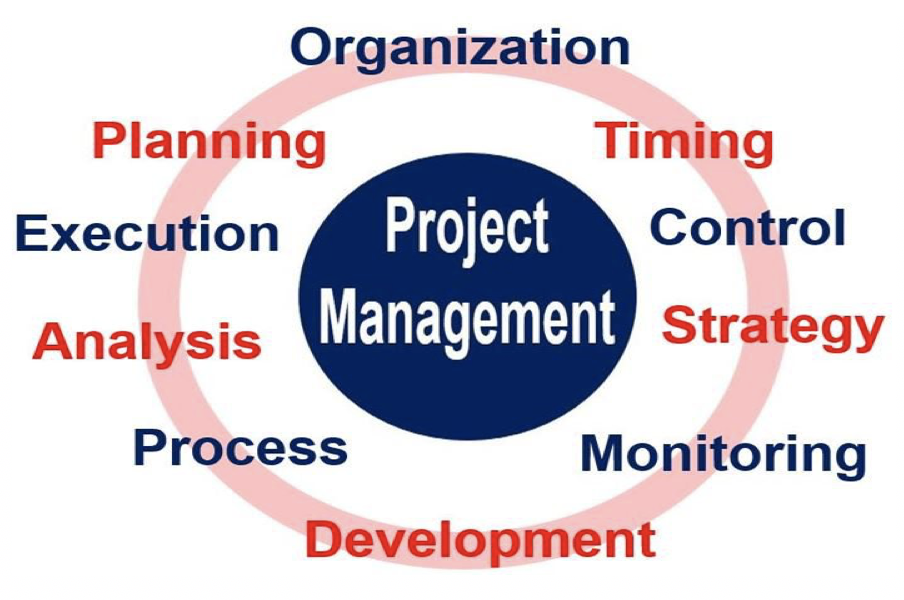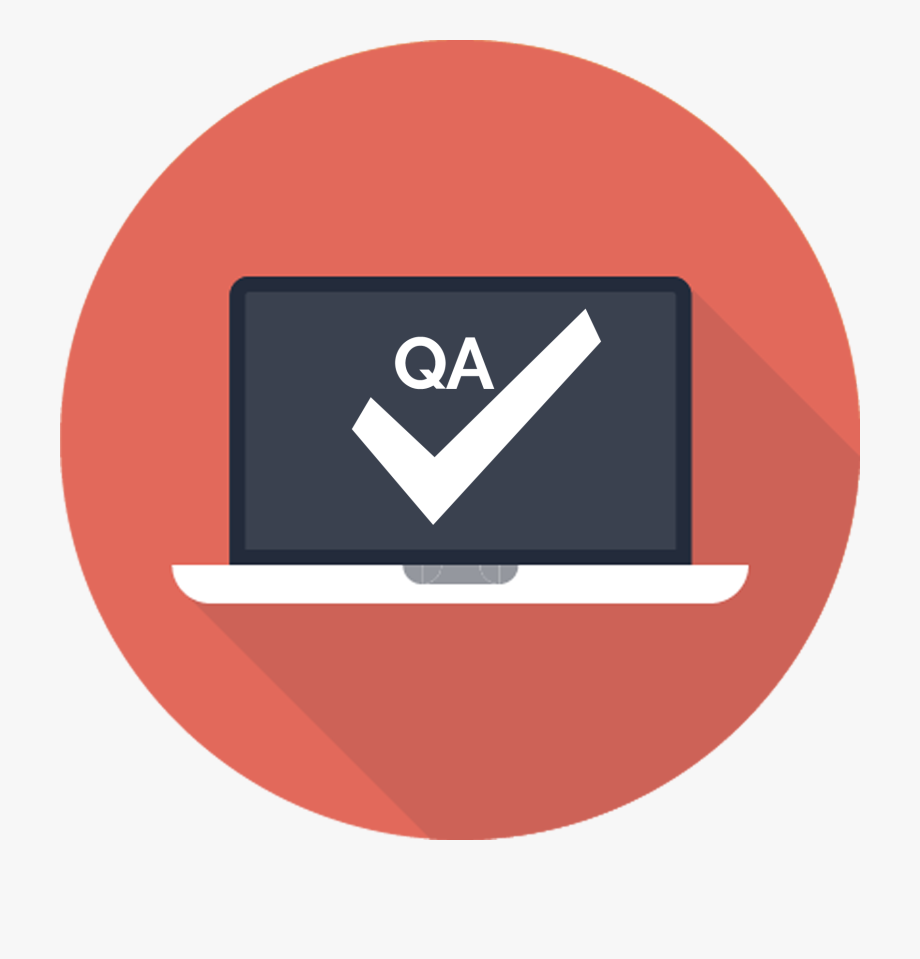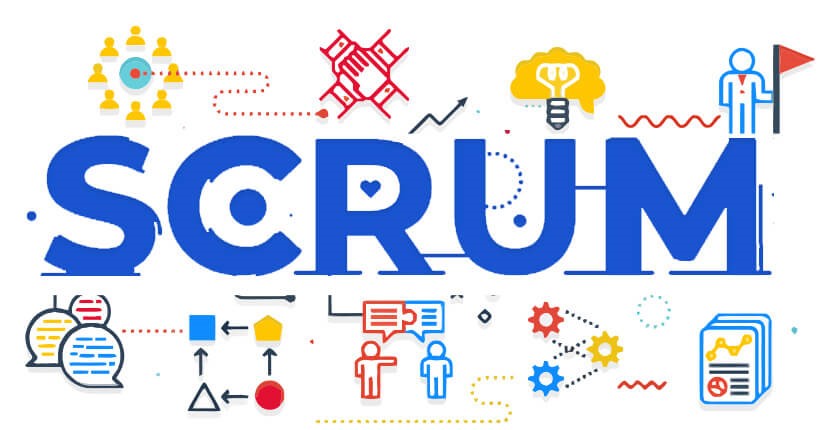Software Development Team Structure And Responsibilities
The structure of a software development team depends on a range of factors. Whether you opt for Waterfall or Agile development directly impacts your workflows and the team composition.
Software development team structure
Generalist
This team structure includes people with broad skills and experience. The generalists are saddled with the end-to-end development of an individual feature or complete project.
Specialist structure
A specialist structure incorporates experts with highly specialized skills and who are experienced in dealing with narrow tasks and responsibilities. Every team member is proficient in one niche and is saddled with the responsibilities required in that area as it contributes to the overall project. Most software development teams adopt this arrangement.
Hybrid
A hybrid team structure combines the generalist and the specialist structure. While a hybrid team focuses on the whole, they can also become specific anytime there is a need for it.
Client
He or she shares foresight and expectation with the developers. He or she is also responsible for preparing detailed documentation of his or her idea and clarifies the what’s and the whys’. He or she can also collaborate with technical experts to prepare the product documentation.
Business analyst
This is an individual in charge of setting goals, analyzing, and filing the vital processes and systems. He or she also ensures that the business model aligns with the technology. They assess what works and what does not and establish the direction for the business.

Project manager
This individual coordinate project planning and execution. He or she ensures that operations are actively running. PMs are also responsible for managing relationships among stakeholders and different departments of the organization. They manage all processes, assign tasks and ensure every team member aligns with the project timeline.

UX/UI designer
He or she ensures that every feature and functionality addresses the pain point of users and impacts their bottom line. Their core responsibilities are functionality and usability.

Developers
These are the group of people in charge of the actual coding. While front-end developers work on the visible elements of the product, back-end developers work on the functionality which is the invisible element of the product.
Quality assurance engineer
A Quality Assurance Engineer tests the product to ensure its functionality. He or she also ensures that the product aligns with standards and the client’s expectations. You can see them as the final editor who possesses a keen attention to the tiniest detail.

Product owner
This is a major stakeholder of the project. This individual possesses extensive knowledge of the users and the product and coordinates the internal aspects of the product. Their main responsibility is to ensure the product addresses the client’s requirements.
Scrum master
Scrum is a methodology that enables an Agile team to organize itself and be more dynamic based on the Agile development principles. The process owner who facilitates the work is known as a scrum master.

Development team
These are in-house developers that collaborate on the project as a team. Just like in a traditional team, the Agile team incorporates front-end and back-end developers, UX designers, as well as QA testers.

Stay flexible
An agile team means a flexible team. This means that you should be adaptable to change, treat people as people, not human resources, and provide individualized solutions to any problem that arises.
Interpersonal skills of the mind
Everyone has their own style of behavior and communication, which can hardly suit someone else. When gathered together, some people cannot work together effectively.
Conclusion
The development team structure is an essential prerequisite for effective product development. Your team is influenced by many factors, like the project’s complexity, budget, or deadlines.









